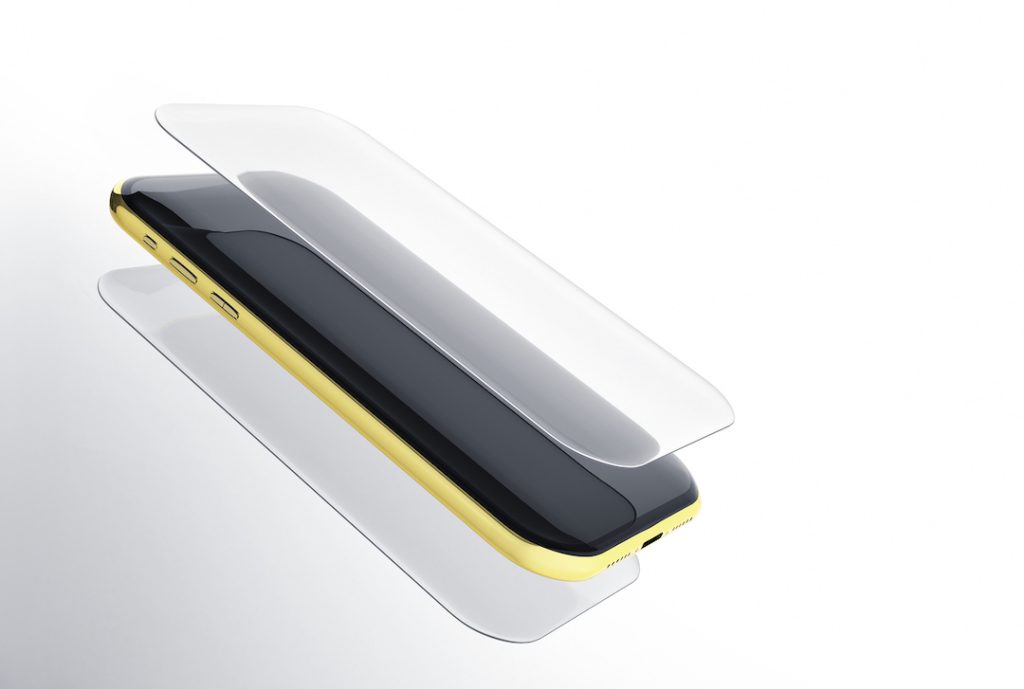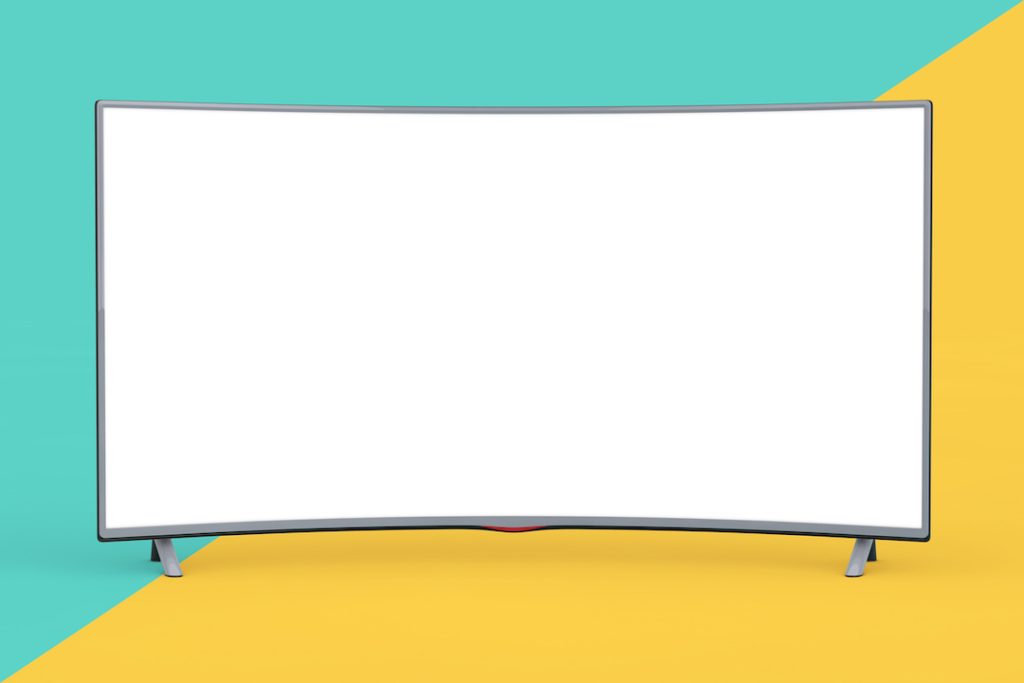Technology has always been a flexible concept; meant to be molded, stretched, and extended to be morphed into its next stage of evolution. Electronics, gadgets, and appliances have naturally followed the evolution of technology, and every year the market welcomes new innovations.
Conceptually, technology is flexible. However, if a smartphone or laptop is bent, the display will most likely crack and shatter. Flexible displays, on the other hand, have the capability to fold and bend with a device without the screen exhibiting that worrying cracking pattern.
The market for flexible displays is expected to grow exponentially. Mordor Intelligence reports that the flexible display market size is expected to increase from $11.29 billion in 2023 to $50.27 billion by 2028, at a compound annual growth rate (CAGR) of 34.8 percent. The technology behind flexible displays is on the rise, but what does it have to offer that conventional displays do not?
History of Flexible Displays
The first concept for flexible displays can be traced to the Xerox Palo Alto Research Center in 1974 when employee Nicholas K. Sheridan devised the Gyricon, the first flexible e-paper display that mimicked paper feel while being able to display dynamic images. Since then, flexible displays have been incorporated into more consumer electronics and devices like smartphones, TVs, tablets, and e-readers.
The presence of flexible displays in many mass-produced consumer electronics currently manifests subtly in slightly curved edges at the corners of smartphone screens and smartwatches, for example. However, in recent years, tech companies have had bigger ambitions for flexible displays, developing foldable smartphones with flexible displays and adjustable, flexible display TVs. Flexible display TVs have been on the market for around a decade, with LG and Samsung both staking a claim on creating the first curved OLED display.
However, foldable smartphones are the most recognizable iteration of flexible display electronics. But it was not until relatively recently that these devices lept from the realm of concept devices. The first commercially available foldable smartphone was the Royole FlexPai, made by Chinese company Royole, and released in December 2018.
The Benefits of Flexible Displays
Consumer electronics, like fashion, adhere to trends and cycles. One trend that continues to dominate is that electronics have become thinner, especially smartphones, tablets, and PCs. Innovations in “the miniaturization in transistor technology, super-efficient silicon-integrated circuits, and the effect of Moore’s Law,” which is an observation that the number of transistors on a microchip doubles each year, have contributed to consumer electronics’ shrinkage, according to ScienceABC. As a result, electronics have become faster, more efficient, thinner, and smaller. Flexible displays are well-suited to these parameters thanks to their physical attributes that allow them to be manipulated and adjusted.
But sticking to trends is not everything. Flexible displays have multiple benefits that distinguish them from their conventional counterparts.
Shatterproof

The dreaded crack that slowly spreads across a smartphone screen is no longer a worry with a flexible display. This is in part due to their composition, which typically consists of an organic light-emitting diode (OLED) display printed on flexible, plastic substrates like polyethylene terephthalate (PET).
OLED displays are the ideal semiconductor for flexible displays because they do not require a backlight to function. The electronic devices we are familiar with typically employ liquid crystal displays (LCDs). Liquid crystals do not emit light directly; they need an external light source to produce a visible image. The liquid crystal layer is what separates two layers of glass, or the screen the resulting image is displayed on. Though devices with LCDs produce bright images, they are rigid and prone to shattering due to their screens being made of glass.
OLED displays, however, do not need backlights to emit light nor do they require stiff material like glass. OLED displays This means OLEDs have the capability of being printed on more flexible displays that are more durable than conventional glass displays.
Innovation Potential
Despite the technology existing for the better part of five decades, there is still so much more potential for flexible display technology beyond displaying images.
For instance, what if a flexible display could serve as a form of authentication? Yes, you read that correctly. In the paper, “Bend Passwords: using gestures to authenticate on flexible devices,” by Sana Maqsood, Sonia Chiasson, and Audrey Girouard, assessed the feasibility of using bending gestures as a form of authentication. With flexible displays, multi-factor authentication could reach a whole new level of involvement.
The Downsides of Flexible Displays
There is much marvel to be found in flexible display technology. But, like everything, there are trade-offs that come with making the switch to an electronic device with a flexible display. The technology is still relatively recent and, in its more exaggerated applications, few and far between.
Cost

A major downside to flexible displays is their cost. Electronic devices with flexible displays are on the pricier side. The LG OLED Flex, considered to be the first bendable OLED TV, comes out to a staggering $2,499.99. Though smaller and more compact, foldable phones are still up there. The Google Pixel Fold and the Samsung Galaxy Z Fold 5 are priced at $1,799 and $1,799.99 respectively.
This is due in part to the technology’s novelty. The technology, manufacturing, and production processes that go into constructing OLED, as well as retrofitting it to flexible displays on electronic devices, add up, contributing to the product’s high price point.
Aesthetic Longevity
Flexible displays prove long-lasting in terms of screen durability, but their aesthetic appeal is less enduring. Plastic’s pliability is both a benefit and a detriment for flexible displays, especially in the case of foldable phones. Hinges along the spine of foldable phones that allow them to open like a clamshell have a tendency to crease over time. A crease in a screen can lead to reduced image quality, clarity, and overall less aesthetic appeal. Glass, while prone to shattering and cracking, can maintain its appearance and screen clarity for longer.
It will take some time for devices with flexible displays to become the default in consumer electronics. Undoubtedly, however, the technology for flexible displays is constantly being innovated in new and exciting ways. At IFA Berlin 2023, HONOR unveiled its incredibly thin and lightweight Magic V2 foldable smartphone in addition to the HONOR V foldable phone-to-purse concept device. Two disparate concepts share the same foundational technology, demonstrating that the future of flexible display technology is bright.















